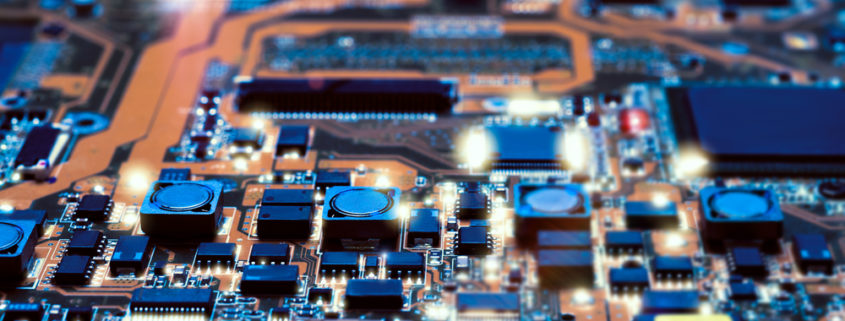Understanding Hash Rate and Power Consumption in ASIC Chips
ASIC chips, or application-specific integrated circuit chips, are specialized hardware designed to perform a single task, typically cryptocurrency mining. These chips have been increasingly popular in recent years due to their ability to mine cryptocurrencies much more efficiently than traditional CPUs and GPUs. Two important factors to consider when it comes to ASIC chips are their hash rate and power consumption. In this article, we will delve into these factors and their significance in ASIC chips.
What is Hash Rate?
Hash rate is a measure of the processing power of an ASIC chip, and it is typically measured in hashes per second (H/s). It is the speed at which the chip can solve complex mathematical problems and verify transactions on a cryptocurrency network. The higher the hash rate, the more calculations the chip can perform in a given time, which leads to faster mining and more rewards.
Hash rate is a crucial factor to consider when selecting an ASIC chip for cryptocurrency mining. Different cryptocurrencies have varying levels of difficulty, and the hash rate of the chip needs to be high enough to solve the problems efficiently. Otherwise, it could lead to lower mining rewards or even a loss.
What is Power Consumption?
Power consumption is the amount of energy an ASIC chip uses to perform its tasks. It is measured in watts (W) and is an essential factor to consider when selecting a chip. ASIC chips that consume too much power can be expensive to operate, and the energy costs can eat into the profits of mining.
Power consumption is closely related to the chip’s efficiency. More efficient ASIC chips use less power to perform their tasks, which translates to lower operating costs and more profits. Therefore, it is essential to balance the chip’s hash rate and power consumption to ensure maximum profitability.
How Do Hash Rate and Power Consumption Affect Mining Profits?
The hash rate and power consumption of ASIC chips have a significant impact on the profitability of cryptocurrency mining. Higher hash rates lead to faster mining and more rewards, but they also consume more energy. On the other hand, lower hash rates consume less power, but they take longer to mine and have lower rewards.
To maximize profitability, miners need to balance the hash rate and power consumption of their ASIC chips. They need to calculate the cost of energy, the mining rewards, and the expected lifespan of the chip to determine the most profitable option. ASIC chips that consume too much power can eat into the profits, while chips with lower hash rates can lead to missed opportunities.
Factors that Affect Hash Rate and Power Consumption
Several factors can affect the hash rate and power consumption of ASIC chips. The most important of these factors is the chip’s manufacturing process, the number of transistors, and the chip’s cooling system.
The manufacturing process determines the chip’s efficiency, and newer chips manufactured with the latest technology tend to be more efficient. The number of transistors on the chip determines its processing power and, in turn, its hash rate. Finally, the cooling system of the chip affects its power consumption, as chips that operate at high temperatures consume more power.
Conclusion
In conclusion, ASIC chips are essential hardware for cryptocurrency mining, and understanding their hash rate and power consumption is critical to profitability. Higher hash rates lead to faster mining and more rewards, but they consume more energy, and balancing these two factors is crucial. The manufacturing process, the number of transistors, and the chip’s cooling system are important factors that affect the chip’s efficiency and power consumption. By considering these factors, miners can select the most profitable ASIC chip for their mining operation.
Learn more about ASIC chips from our experts at Linear MicroSystems by clicking here!
Linear MicroSystems, Inc. is proud to offer its services worldwide as well as the surrounding areas and cities around our Headquarters in Irvine, CA: Mission Viejo, Laguna Niguel, Huntington Beach, Santa Ana, Fountain Valley, Anaheim, Orange County, Fullerton, and Los Angeles.






